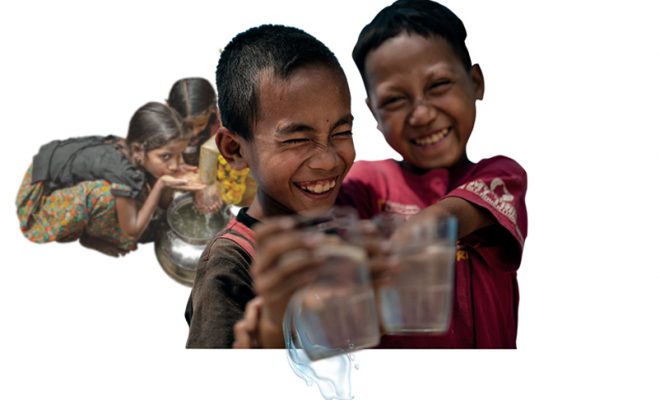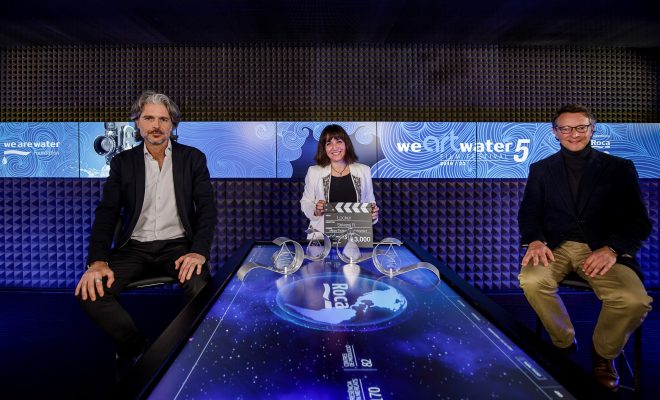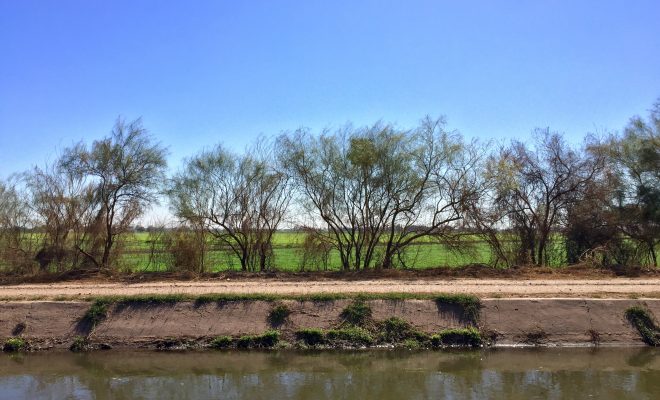There are as many ways to relate to water as there are people on Earth. Yet cinema, as a universal language, embraces them all. Water raises concern, and water inspires—and cinema becomes the most powerful tool to convey the reality of a resource that is both essential and endangered.
Since its launch in 2011, the We Art Water Film Festival has held five editions, becoming a growing global phenomenon in communication. Its format—a three-minute short film competition open to all—has marked an innovative milestone in the world of water and established itself as a benchmark in environmental communication strategies.
Each edition has been a journey filled with revelations and emotion—a deep exploration of our relationship with water through diverse, committed, and creative perspectives.
Visit the festival website and you’ll see what we mean. The 156 finalist short films from the five previous editions form a mosaic of perspectives that reveal the complexity and urgency of access to water and sanitation. Each piece is a lesson, a call, a proposal. Together, they offer the clearest guide to understanding the challenges we face:
- They stir deep emotions and expose invisible injustices.
- They emphasize the importance of food, hygiene, health, education, and gender equality.
- They uncover hidden truths: the real world of water and sanitation is not what many imagined.
- They reflect stories of uncertainty, anxiety, and sorrow—but also of hope, creativity, resistance, and resilience.
- They invite universal reflection: anyone, anywhere, can feel personally addressed by them.
- They educate and point to solutions: cinema as a universal channel for awareness and learning.
- They contribute a wealth of messages that resonate far beyond the screen.
- They are a cry, a call to action: tell the world. Let’s go!
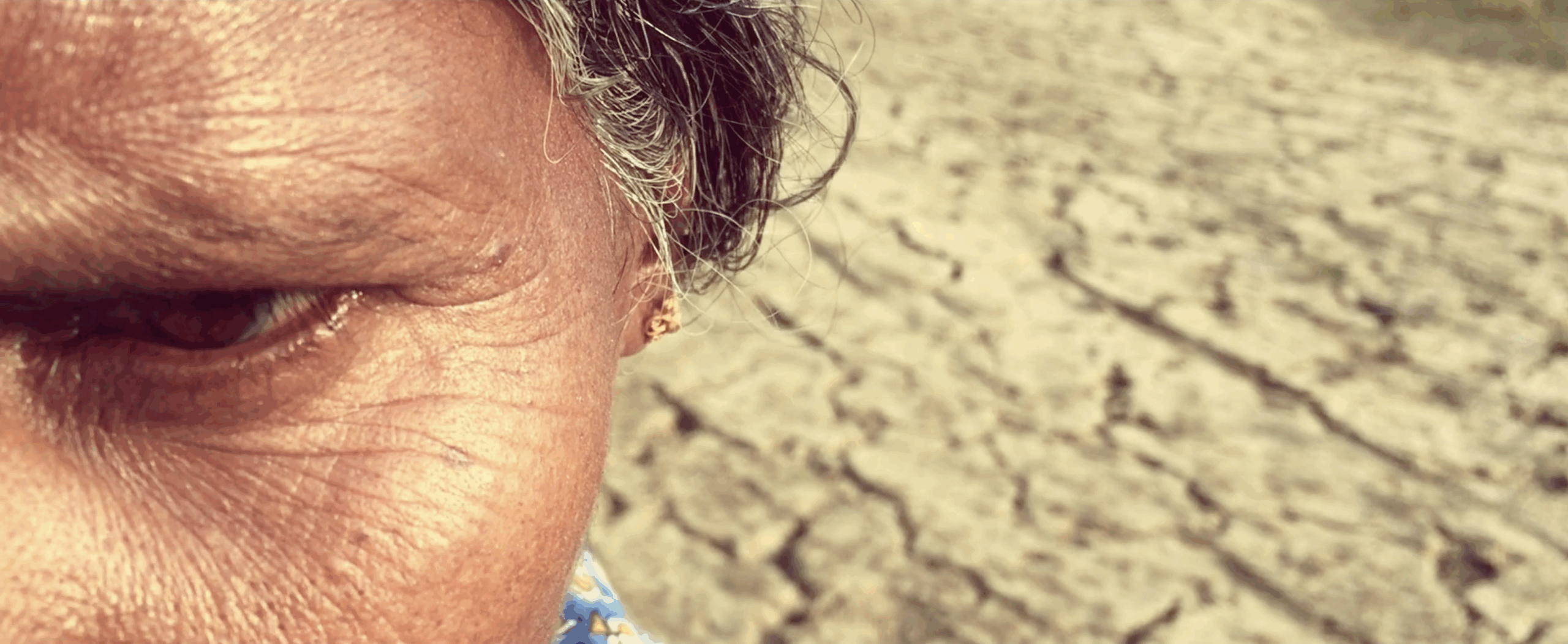
We are now open for submissions to a festival that has become a benchmark in environmental communication: short films that stir deep emotions, expose invisible injustices, reveal hidden truths, educate, and point towards solutions. © Capture: Locker, Selvaraj
This year, we broaden our focus: architecture, urban planning, and water
The fifth edition of the We Art Water Film Festival was a resounding success, breaking all previous records: 3,362 registered authors from 131 countries. The global lockdown caused by the pandemic made it difficult to produce the films, but perhaps it also served as an added motivation to fight for life through artistic communication—and the quality exceeded all expectations.
This year, we continue to highlight the theme of the climate crisis, which has a direct impact on hygiene, pollution, agriculture, health, food, and education for millions of people worldwide. However, we also invite participants to broaden their perspective to include architecture and urban planning, emphasizing their essential role in the sustainable management of water in urban environments—one of the most critical areas for the planet’s hydrological balance.
How can we design our cities to ensure that water flows safely, equitably, and with respect for the environment? What supply and sanitation challenges do urban communities face? What solutions can emerge from design, planning, and citizen participation?
We hope the short films will once again invite us to reflect on the value of water through a human, direct, and unembellished audiovisual language. They will show us how water is an essential part of every activity required for a dignified and just life; how increasingly persistent droughts affect the poorest, who wait with uncertainty and anxiety for the rains to come. What will the next walk for water be like? How will each container be used?
Many of us are unaware of what it means to live with contaminated water, nor what it feels like to watch loved ones fall ill due to a lack of access to safe drinking water. The stories told in the We Art Water Film Festival transport us to scenes of fear and anxiety, to situations that force migration for survival. Entire communities witness their land deteriorate as forests disappear, rivers cease to yield fish, and soil becomes barren.
There are also stories of women who fight for water: almost invisible heroines who, from dawn to dusk, carry water for their families. They cannot miss a single day. They cannot leave their homes without access to water for drinking, cooking, or maintaining basic hygiene. They cannot pursue education, nor do they have time for themselves—or to live their dreams, which almost always centre on the well-being of their children, whose futures seem left to chance.
We have seen stories of displacement and fear, many of which are shared by those who, in the 21st century, still lack sufficient access to safe drinking water to meet their basic needs. But they are also stories of hope: of creativity that flourishes amid scarcity, of the power of community work, of the dignity born from commitment.
These stories are the best roadmap for understanding what it means to work towards achieving SDG 6. That is the great contribution of the filmmakers of the We Art Water Film Festival.

We also invite participants to broaden their perspective to include architecture and urban planning, emphasizing their essential role in the sustainable management of water in urban environments—one of the most critical areas for the planet’s hydrological balance. © Freepick
Remembering the Winners of the Fifth Edition
As a glimpse into the spirit of the festival, we invite you to revisit the winning short films from the fifth edition of the We Art Water Film Festival. Four works, each from different languages and geographies, that challenge us to reflect on the value of water and the universal need to protect it.
Audience Award:
From Mexican filmmaker David Ballesteros, this short film presents a poignant testimony to the human toll of toxic water pollution. Through the figure of Tenampi, a farmer whose father died due to water contamination, the film evokes the 2014 disaster of the Sonora and Bacanuchi rivers, when 40,000 cubic meters of copper sulfate were spilled—the worst mining-related environmental disaster in Mexico’s history. The film delivers a clear message: governments and companies must control such discharges, and citizens—especially young people—must raise their voices and defend their rights. Youth awareness is the great hope in Mexico and around the world. In the article A Prize of Hope, we explore the infamous Sonora River spill in northwestern Mexico, where on 6 August 2014, 40 million litres of toxic waste were released into the river, affecting the lives of over 22,000 people, who were not informed until 24 hours later.

Audience Award: Lágrimas de la Tierra. From Mexican filmmaker David Ballesteros, this short film presents a poignant testimony to the human toll of toxic water pollution.
Micro-documentary:
From Uzbekistan, Qudrat offers an intimate look at the ecological catastrophe of the Aral Sea. The documentary shows how the disappearance of water fractured local culture, leaving behind a desert of sand and an open wound. The Aral Sea disaster stands as a paradigm of the errors that trigger devastating humanitarian and environmental consequences. In September 2009, the Foundation invited filmmaker Isabel Coixet to create the documentary Aral, the Lost Sea, which premiered at the San Sebastián International Film Festival—marking the beginning of our commitment to cinema as a tool for communication. Sixteen years later, the Aral Sea remains a symbol of environmental mismanagement with tragic human consequences.
Micro-fiction:
From India, Selvaraj uses deep framing and eloquent silences to construct a powerful allegory of the situation faced by many of the more than 1.5 billion people who lack access to water in their homes. The protagonist lives in a dry, abandoned, and impoverished area. Her life and that of her family depend on accessing the water rations stored in a drawer. In the article Locker: In Every Ration of Water, a Life, we delve deeper into this context.
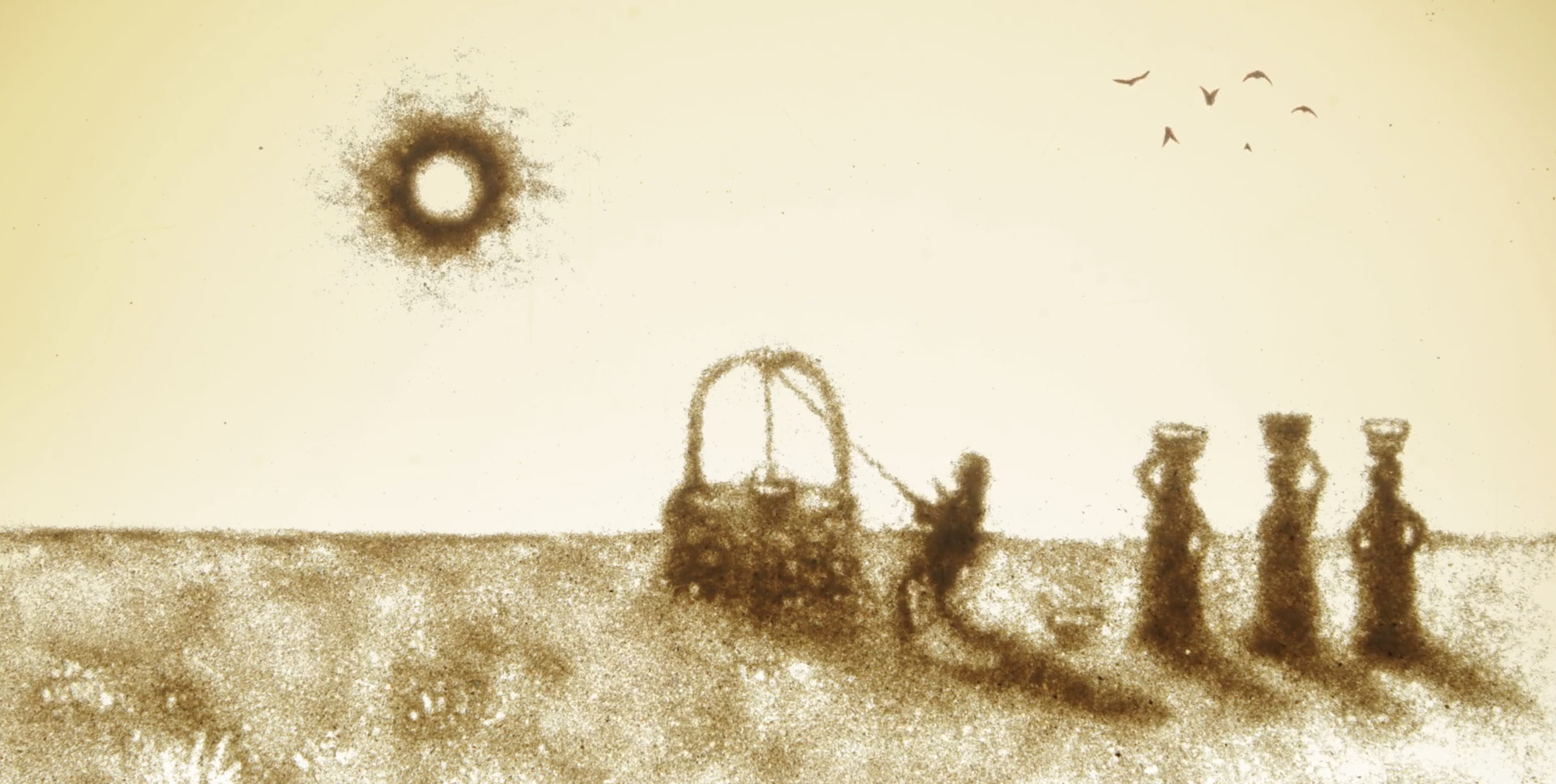
Using a photo camera and sand from Valencia’s beach, Maji from Spanish artist César Díaz Meléndez, shows how contaminated water affects both people and the environment, with a deeply moving aesthetic.
Micro-animation:
Spanish artist César Díaz Meléndez, a master of the technique, uses sand on glass to create a work of great poetic strength. Created during the COVID-19 pandemic using a photo camera and sand from Valencia’s beach, Maji shows how contaminated water affects both people and the environment, with a deeply moving aesthetic.
Through the Festival, the value of water extends into the art of communication—now more than ever, an essential tool to ensure universal access.
You can now submit your entry. The world of water awaits your short film.



